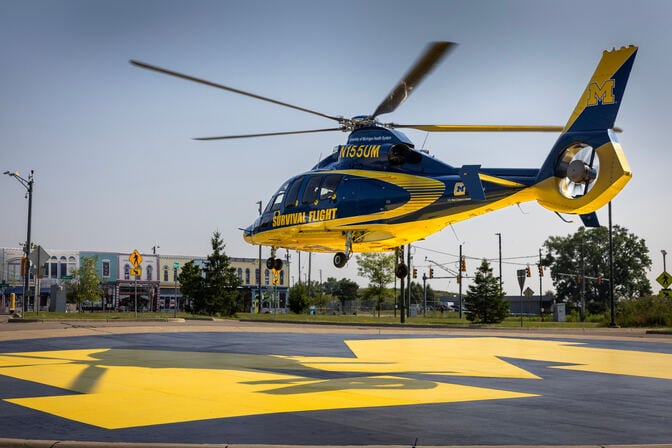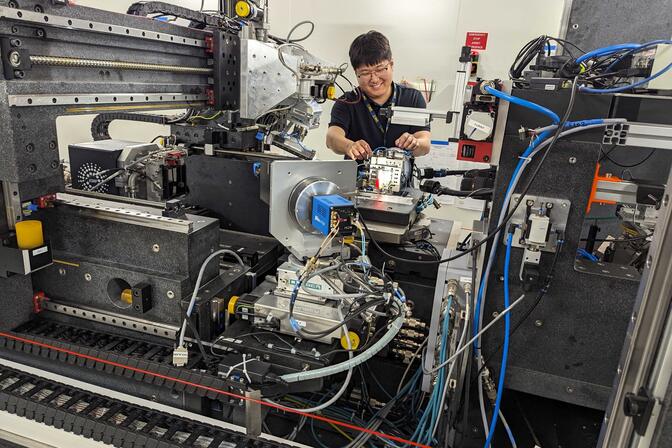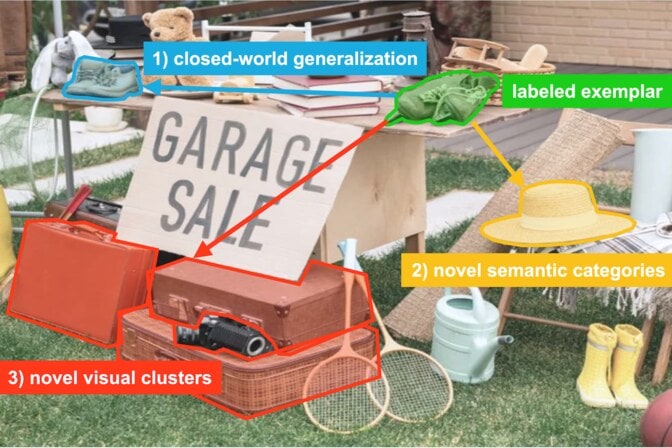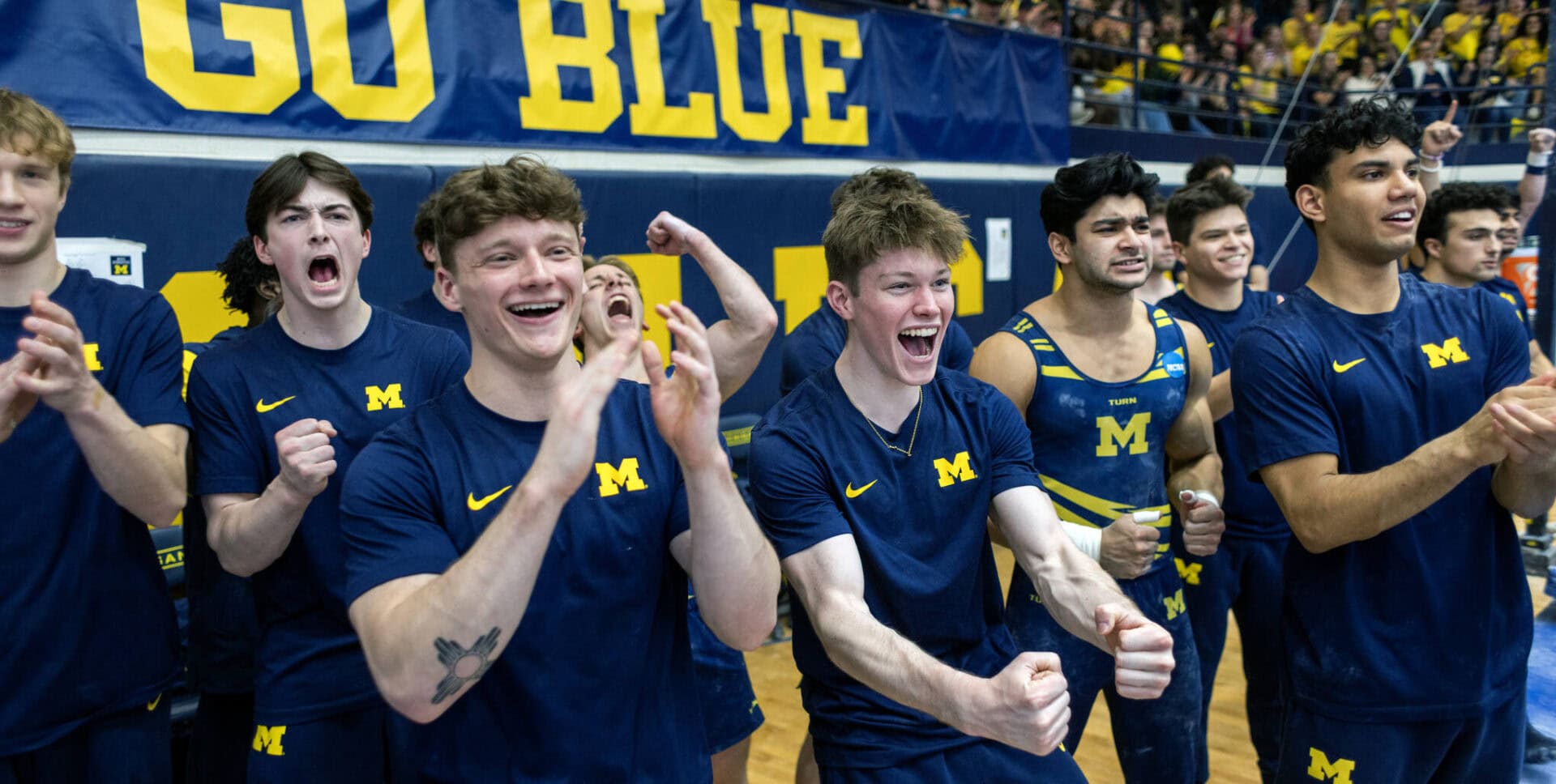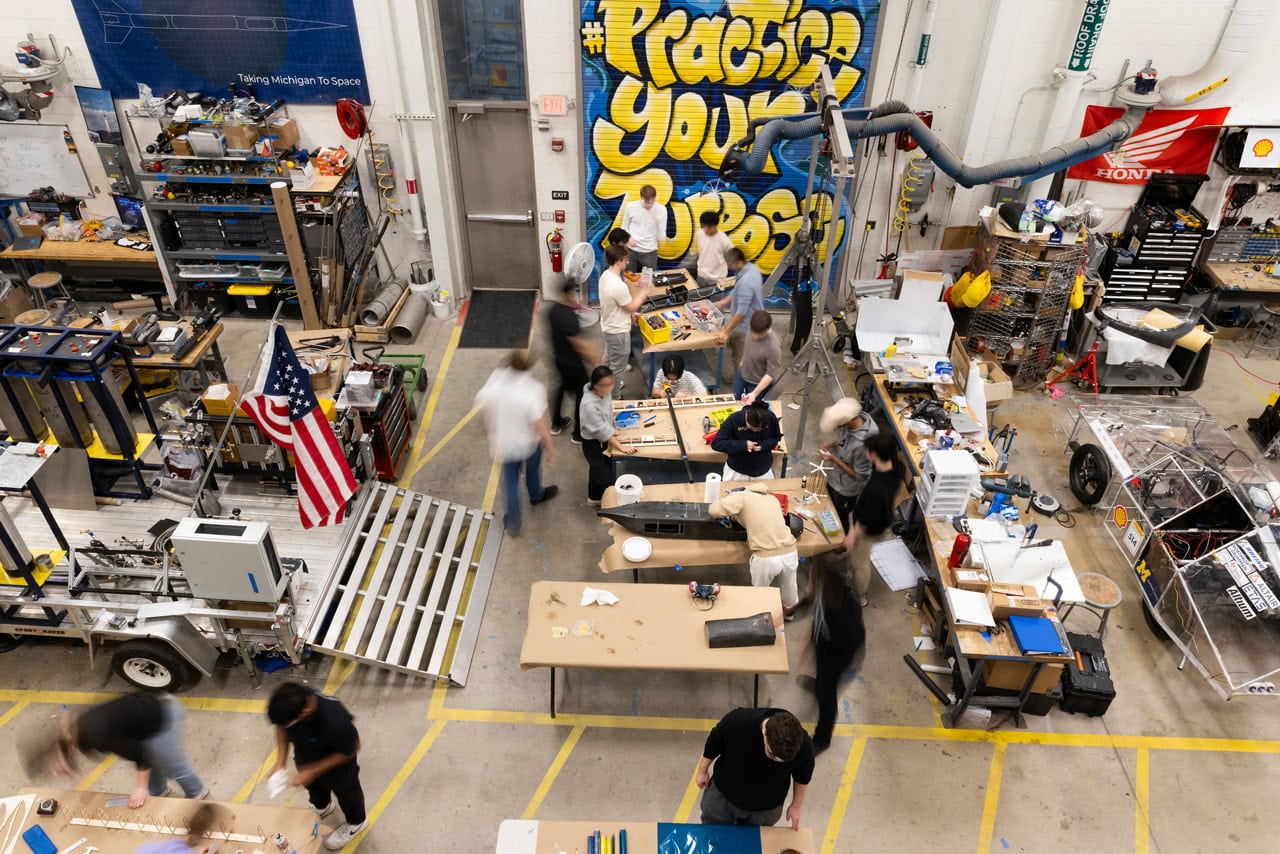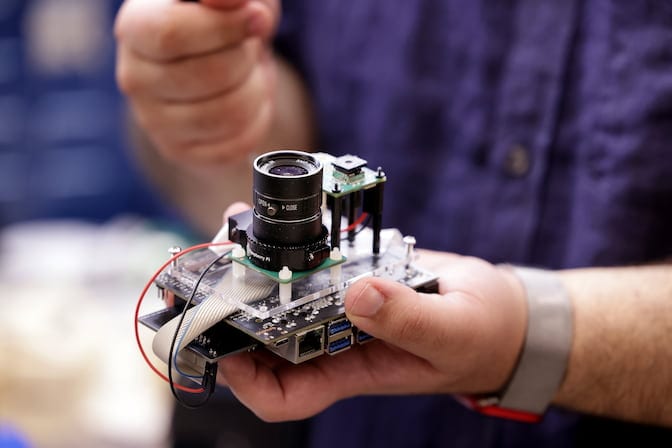-
New air mobility corridor to advance eVTOLs and beyond-line-of-sight UAVs
The newly designated airspace links U-M’s autonomy testbed with Detroit’s innovation district.
-
First 3D look at ductility-boosting ‘twinning’ behavior in lightweight magnesium alloy
Piecing together the lightweight alloy’s complex mechanical properties moves towards use in cars to extend fuel economy.
-
AI system discovers visual categories while adapting to new contexts
Open ad-hoc categorization approach combines language guidance with visual clustering to learn contextualized features for flexible image interpretation.
Featured Topics
Campus & Community
-
New U-M dual degree program trains leaders at the intersection of engineering and business
Students can now apply for this enhanced program to simultaneously earn two degrees in engineering and business.
-
Michigan Engineering students receive NSF Graduate Fellowships for 2025-2026
In a competitive year, fourteen graduate students were honored for outstanding progress within their fields.
-
Student-designed engine for future two-story rocket passes final engineering milestone
As they gear up for launch in 2026, students on Michigan Engineering’s rocketry project team headed to California to test an engine designed and built from scratch.
-
Karen A. Thole receives prestigious award from ASME
The Kate Gleason Award recognizes distinguished women in engineering for outstanding entrepreneurial success or a lifetime of achievement.
In the News
New Scientist
New York Times
The Conversation
Wall Street Journal
How a free software strategy catapulted DeepSeek to AI stardom
Research
-
A dual ion beam tests new steel under fusion energy-producing conditions
-
Solving for ‘what if’: A Q&A on risk with Jim Bagian and Seth Guikema
-
Microrobots for targeted drug delivery
-
University of Michigan startup Ambiq goes public
-
How food banks facing cuts could harness data, maximize efficiency
-
AI leaderboards can be trustworthy by following these tips
-
Solving a moon mystery helps game out future landings
-
At-home melanoma testing: Skin patch test works in mice
-
Improving AI models: Automated tool detects silent errors in deep learning training
-
Digital twins for manufacturing: industry collaborators wanted
-
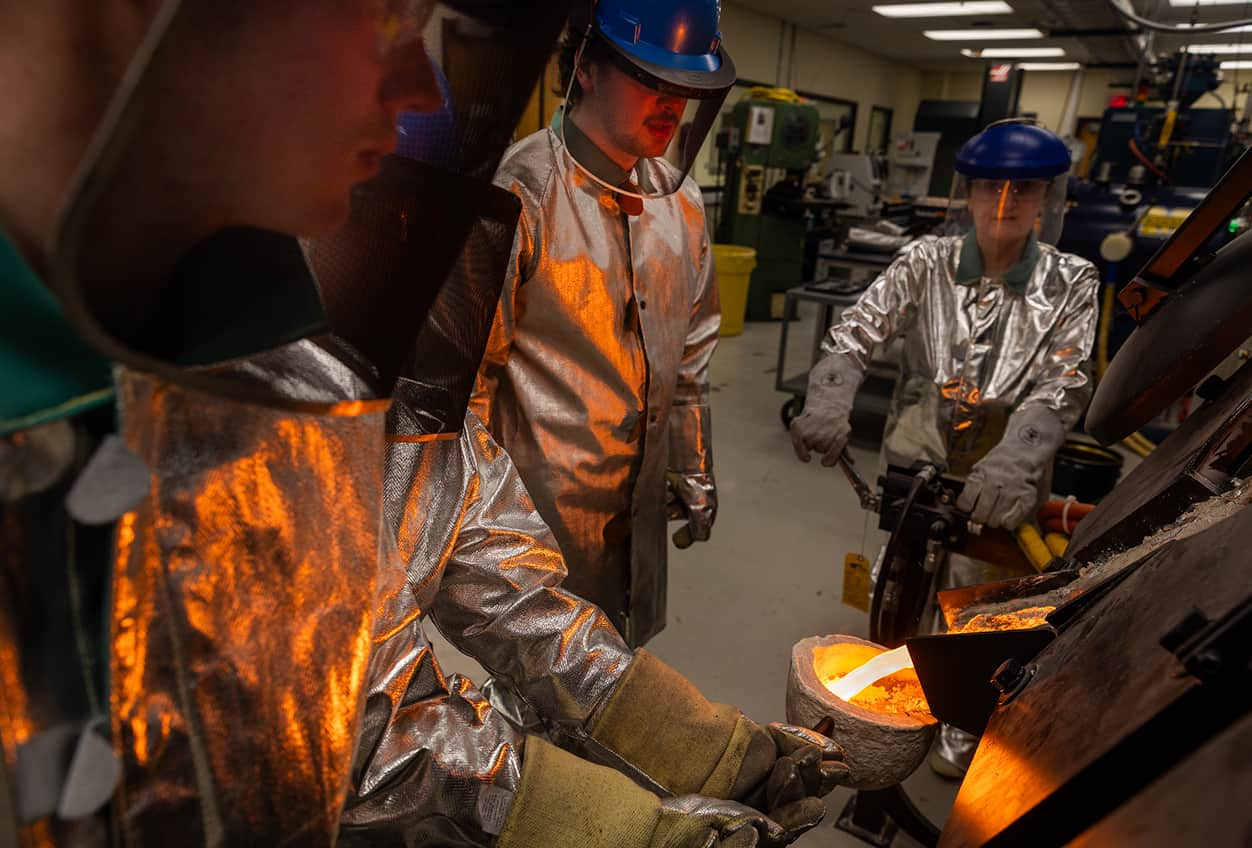
Features
The Experts’ Experts
Meet the team of trainers, technologists and mentors who make the Leaders and Best a little bit better.
